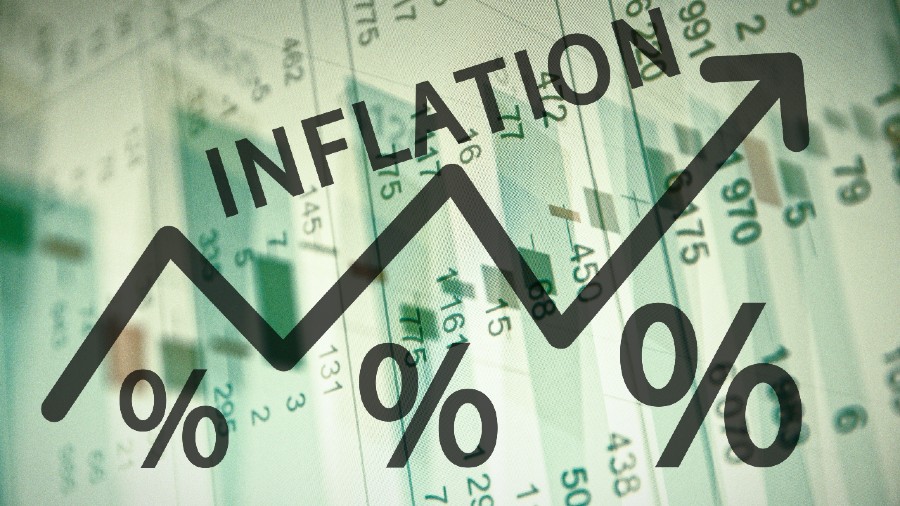New Delhi: Common shocks emanating from the ongoing war in Ukraine — high food, energy and other commodity prices — as well as globalisation of inflation to multi-decadal high levels, exerted sustained upside price pressures in India, leading to inflation remaining above the upper tolerance level of 6 per cent over 10 consecutive months in 2022-23, according to the Reserve Bank of India’s (RBI) annual report.
The RBI in its annual report for 2022-23 added that inflation eased somewhat during November-December 2022 on seasonal easing in food prices, before rising again during January-February 2023 and moderating to 5.7 per cent in March 2023.
“Monetary tightening by major economies and associated volatility in financial markets led to imported inflation pressures,” it added.
Input cost pressures from high industrial raw materials prices, transportation costs, and global logistics and supply chain bottlenecks impinged on core inflation.
“The upward pressures from an early onset of summer, heat waves and unseasonal rains on food prices in the first half receded in the second half of the year, with the robust kharif harvest and seasonal fresh crop arrivals as well as some easing in global food prices,” the report noted.
The proactive supply-side interventions by the government also helped contain price pressures, it said.
In addition to this, the timely beginning of the monetary policy tightening cycle with a cumulative increase in the policy repo rate by 250 bps since May 2022 helped ease demand pressures, anchor inflation expectations and contain the second-round impact of successive supply shocks.
But for the timely monetary actions, inflation is estimated to have been higher by 90 bps. Geopolitical dynamics and possible weather disturbances overcast the outlook for inflation in India, the report noted.
IANS
